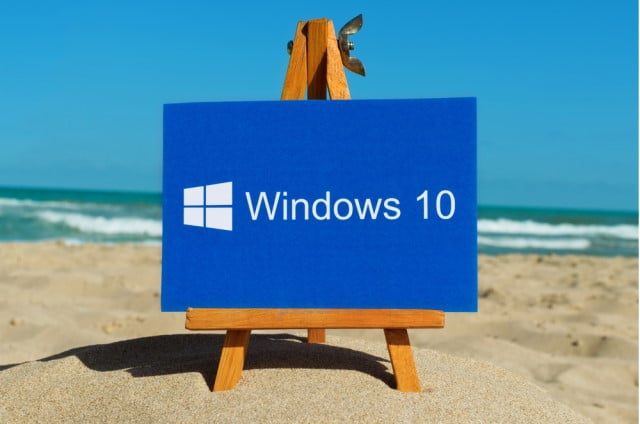Microsoft is using Known Issue Rollback (KIR) to fix problems caused by Windows 10 updates

These days, it is almost a given that an update for Windows 10 will not only fix bugs and introduce new options, it is also likely to cause additional problems. It is something that Windows users have been painfully aware of for some time, and Microsoft has been working on a solution.
And that solution is KIR, or Known Issue Rollback. The new system enables Microsoft to rollback changes introduced by problematic patches rolled out through Windows Update. KIR only applies to non-security updates.
See also:
- Microsoft Power Fx is an open source, low-code programming language
- Microsoft makes Power Automate Desktop tool for Windows 10 free to help optimize workflows
- Microsoft patches serious NTFS drive corruption flaw in Windows 10... but there's a catch
Writing on the Windows IT Pro blog, Microsoft’s Eric Vernon and Vatsan Madhavan explain: "Known Issue Rollback is an important Windows servicing improvement to support non-security bug fixes, enabling us to quickly revert a single, targeted fix to a previously released behavior if a critical regression is discovered. Built in direct response to your feedback, the pieces that make Known Issue Rollback work came together in a functionally complete system beginning in Windows 10, version 2004. Every month, we release monthly updates with many of quality changes 'contained' using the Known Issue Rollback capability".
The pair go on to say:
While Known Issue Rollback was originally designed for user-mode processes, we have made phased improvements over the last year to the OS kernel and the boot loader to support this capability in kernel mode. Some versions of Windows 10 prior to version 2004, for example versions 1909 and 1809, have partial support for Known Issue Rollback built into the OS and we leverage that support whenever possible when shipping updates for those versions.
In practice, the system means that should an issue be discovered in a non-security update, Microsoft does not need to rely on users manually uninstalling the problematic patch. Instead, Microsoft can make a configuration change in the cloud which will notify users about the rollback and implement it after a restart.
The company details what happens next:
Once this happens, the Know Issue Rollback infrastructure will start reporting that the fix -- the new code that has a problem -- is no longer enabled. From this point on, the OS will fall back to the previous code that had a bug albeit a much more benign issue than the new code that has a problem.
While these devices would still require a reboot, in most cases we have identified and published a rollback before most end user devices would have had the chance to even install the update containing the issue. In other words, most end users will never see the regression!
Devices that have opted into providing Microsoft with diagnostic data then send very scoped information about which code path is being exercised. This data helps us learn how well the rollback is succeeding in the ecosystem.
Microsoft says that enterprise users will be left in charge of things and will be able to use Group Policies published in KB articles relating to updates.
Image credit: tanuha2001 / Shutterstock
